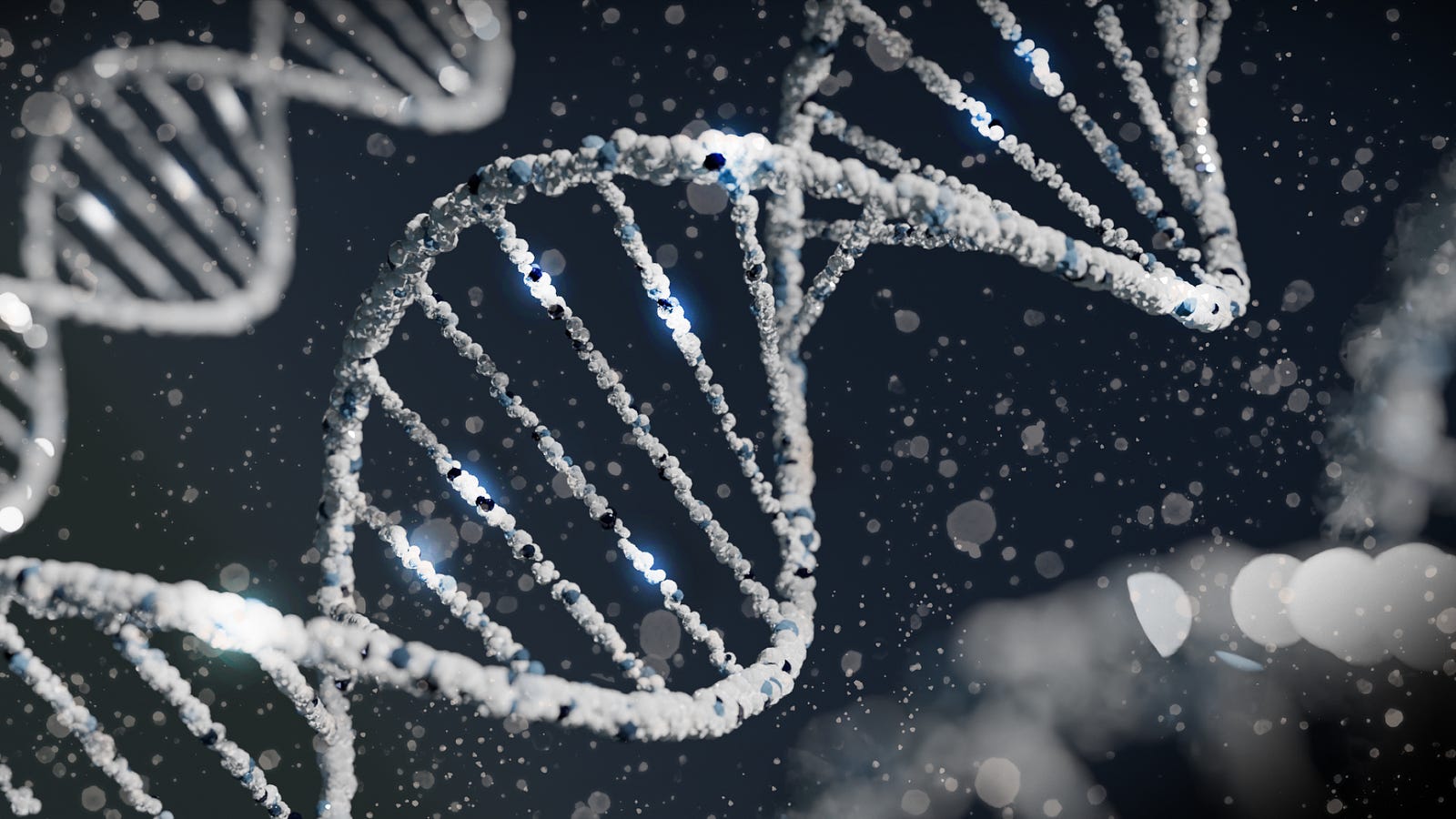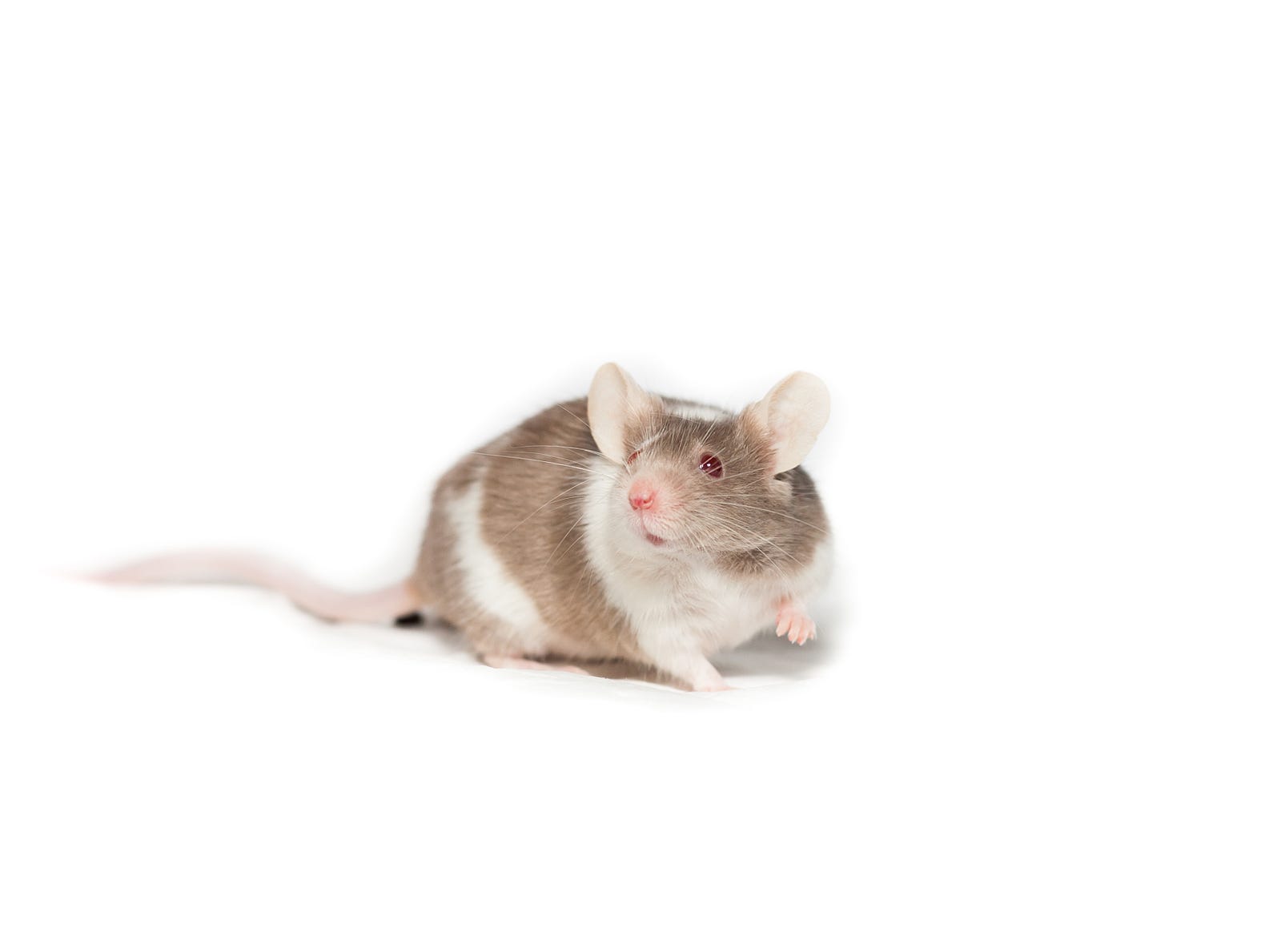CAN YOU REPROGRAM YOUR MUSCLES to a more youthful state? A recent investigation of muscle fibers from mice and humans shows how exercise improves aging muscles by changing gene expression. Today we look at how exercise can be a vehicle for reversing muscle aging.
The good news is that exercise-induced changes “reprogram” the epigenetic expression of the muscle fibers to a more youthful state. The results appear in The Journal of Physiology.
Today, we explore how physical activity may reverse the aging clock in muscle fibers by promoting the “epigenetic reprogramming” of chromosomes.
“Listening to the music while stretching her body close to its limit, she was able to attain a mysterious calm. She was simultaneously the torturer and the tortured, the forcer and the forced. This sense of inner-directed self-sufficiency was what she wanted most of all. It gave her deep solace.”
― Haruki Murakami, 1Q84
What is epigenetics?
Epigenetics is an emerging area of scientific research demonstrating how environmental influences — our experiences — affect the expression of genes.

The old idea that genes are set in stone is not true. I grew up hearing about nature versus nurture, but it is always both.
Of course, genes can play an important role in your health, but your environment and behaviors also have an influence. What you consume and how physically active you are can greatly influence the expression of your genes.
Epigenetics is the study of how your behaviors and environment can cause changes that affect the way your genes work.
Epigenetic changes are reversible. While such alterations do not change your DNA’s sequence, epigenetic modifications can change how your cell reads the DNA.
In summary, gene expression is how often or when proteins are created, as your genes instruct. While gene changes can alter which protein is created, epigenetic changes affect genes turning on or off. Behavioral influences on epigenetic changes include diet and exercise.
How Does Epigenetics Work?
Epigenetic changes affect gene expression in various ways. Here are some types of epigenetic changes:
- DNA methylation. In this process, a chemical group is added to DNA. When the methyl group is added to particular DNA locations, it blocks proteins that attach to DNA to read the gene. Adding a gene to turn a gene off is known as methylation, while removing the chemical group — demethylation — usually turns genes off.
- Histone modification. DNA curls around proteins known as histones. Histones bind to DNA, help give chromosomes their shape, and help control the activity of genes. When histones are tightly packed together, gene-reading proteins cannot access the DNA easily, turning the gene off. When histones are more loosely packed, more DNA is exposed (not wrapped around a histone), so the gene is turned on. Chemical groups added (or removed) from histones make the histones more tightly or loosely packed, turning genes on or off.
- Non-coding RNA. DNA makes instructions for coding and non-coding RNA. The former makes proteins, while non-coding RNA helps control gene expression by breaking down the coding RNA (so it cannot make proteins).
In summary, chemical changes affect the expression (activity) of genes.
Exercise and muscle aging: Reprogramming muscle.
Can we reverse muscle aging? Exercise may make beneficial changes in muscle fibers by promoting the “epigenetic reprogramming” of DNA in the cells’ nuclei.
Exercise may turn back the clock in muscle fibers by promoting the “epigenetic reprogramming” of chromosomes in the cells’ nuclei.
Before we look at the study, here is some background: In 2012, Dr. Shinya Yamanaka shared the Nobel Prize for Medicine for the discovery that four transcription factors can revert specialized, mature cells to more youthful, flexible cells known as pluripotent stem cells. The factors include:
- Oct3/4
- Klf4
- Sox2
- Myc
In aggregate, the transcription factors are known as OKSM. For the new study, researchers compared the effects of OKSM factors on muscle fiber gene expression in mice with access to an exercise wheel and mice without access.
They also compared the effects of OKSM factors on muscle with the effects of a single transcription factor, Myc. Exercise is known to influence Myc expression more than the other three factors.

Researchers looked at how exercise alone affected gene expression in muscle fibers from mice and humans. The mice were 22 months old, the human equivalent of approximately 73 years.
Mice in the exercise group had ad-lib access to run on an unweighted wheel for week #1. Then, the scientists made the wheel progressively more challenging over the next eight weeks by attaching magnetic weights.
Here are the results:
Exercise reprograms muscle fibers to a “younger” state via increased expression of the genes that make transcription factors, particularly Myc.
Should we take a pill that enhances myc? Not so fast. Myc is associated with cancer, with the transcription factor aberrantly expressed in more than 70 percent of human cancers.
Is the current study without limitations? No, biological sex, exercise type, training status, and other factors may affect exercise-associated gene expression, the researchers readily admit. Also, we need more research into the functional consequences of skeletal muscle epigenetic reprogramming.
Can exercise reverse muscle aging? Yes, and this is how
Doctors call physical exercise a “polypill” because it can prevent and treat many of the chronic diseases that are…www.medicalnewstoday.com
Join Medium with my referral link – Michael Hunter, MD
Read every story from Michael Hunter, MD (and thousands of other writers on Medium). drmichaelhunter.medium.com.
Get an email whenever Dr. Michael Hunter publishes.
Get an email whenever Dr. Michael Hunter publishes.drmichaelhunter.medium.com.
The information I provided in this blog is for educational purposes only and does not substitute for professional medical advice. Please consult a medical professional or healthcare provider if you seek medical advice, diagnoses, or treatment. I am not liable for risks or issues associated with using or acting upon the information in this blog.
Thank you for joining me to look at how exercise can be a means for reversing muscle aging.




